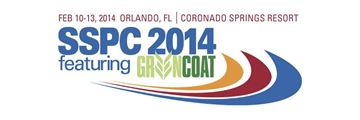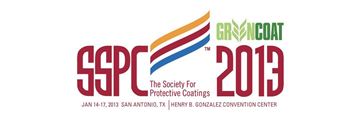Search
Products tagged with 'specifications'
View as
Sort by
Display
per page
Developing an Efffective Coating Specification
Product Number:
51216-017-SG
Publication Date:
2016
$20.00
Education on the Differences Between Wet Abrasion Blasting and Water Jetting
Product Number:
41214-823-SG
Publication Date:
2014
$20.00
Failure to Accept an ‘or Equal’ - Valid Restriction or Restraint of Trade
Product Number:
41207-389-SG
Publication Date:
2007
$20.00
Florida Department of Transportation Metalizing Existing Bridge Structures: A Case Study
Product Number:
41214-852-SG
Publication Date:
2014
$20.00
How Can Companies Go Greener? (-...Psst: Without Loosing Performance)
Product Number:
41213-734-SG
Publication Date:
2013
$20.00
Impact of 3rd Party Inspection: A Case History on the Harbor Bridge
Product Number:
41207-305-SG
Publication Date:
2007
$20.00
Lessons Learned from Dehumidification Specifications, Good and Bad
Product Number:
51219-215-SG
Publication Date:
2019
$20.00
Myth or Fact: Higher Surface Profile Increases Coating Adhesion
Product Number:
41216-969-SG
Publication Date:
2016
$20.00
NSRP-US Navy Initiatives to Reduce the Costs of Painting Navy Ships
Product Number:
41211-593-SG
Publication Date:
2011
$20.00
Polymeric Interior and Exterior Marine Decking Systems
Product Number:
41213-801-SG
Publication Date:
2013
$20.00
Polyurea for Potable Water – Overcoming Structural Challenges for a Successful Waterproof Lining System
Product Number:
41208-410-SG
Publication Date:
2008
$20.00












